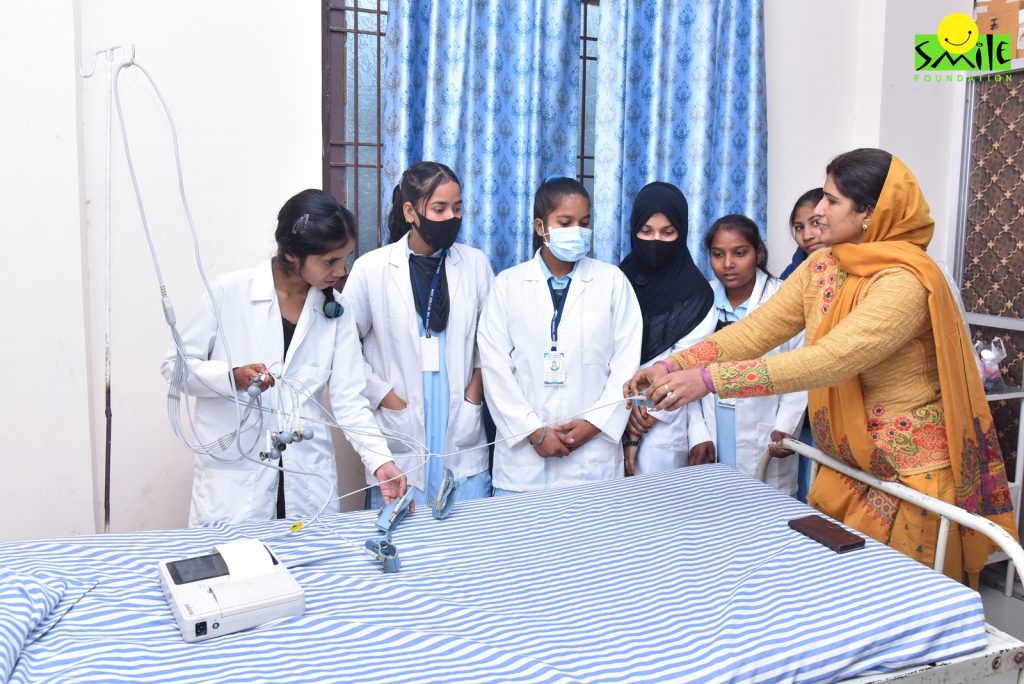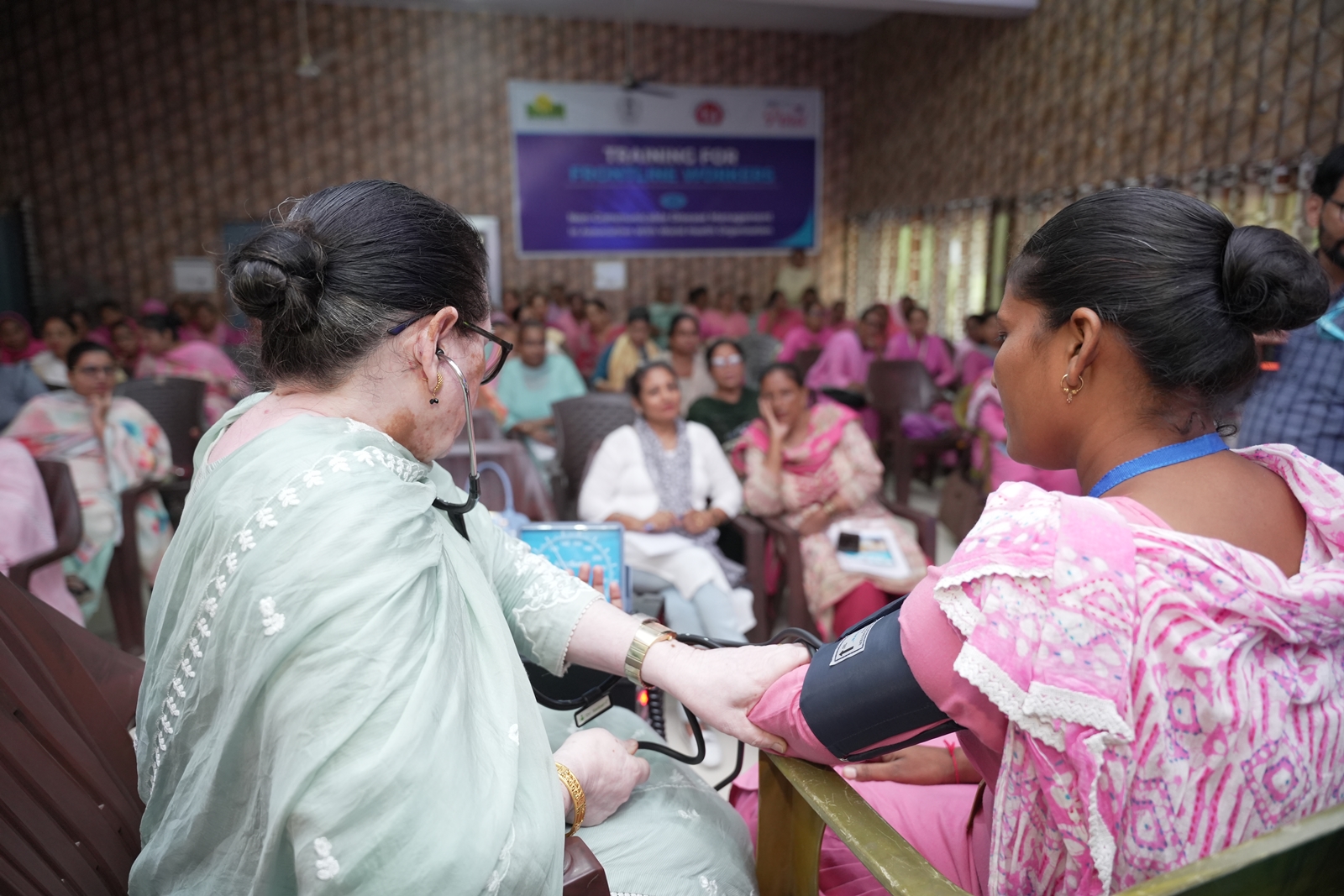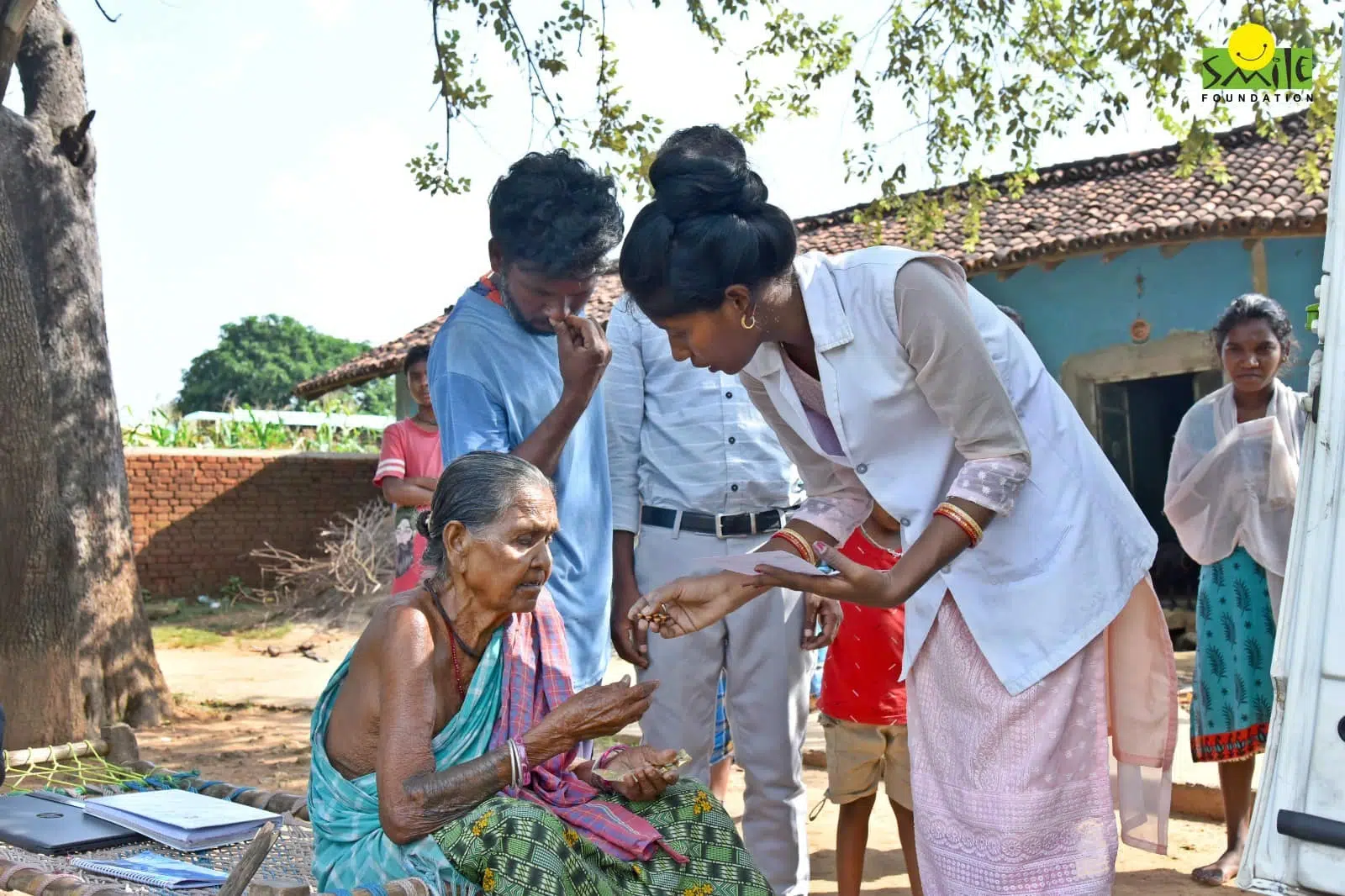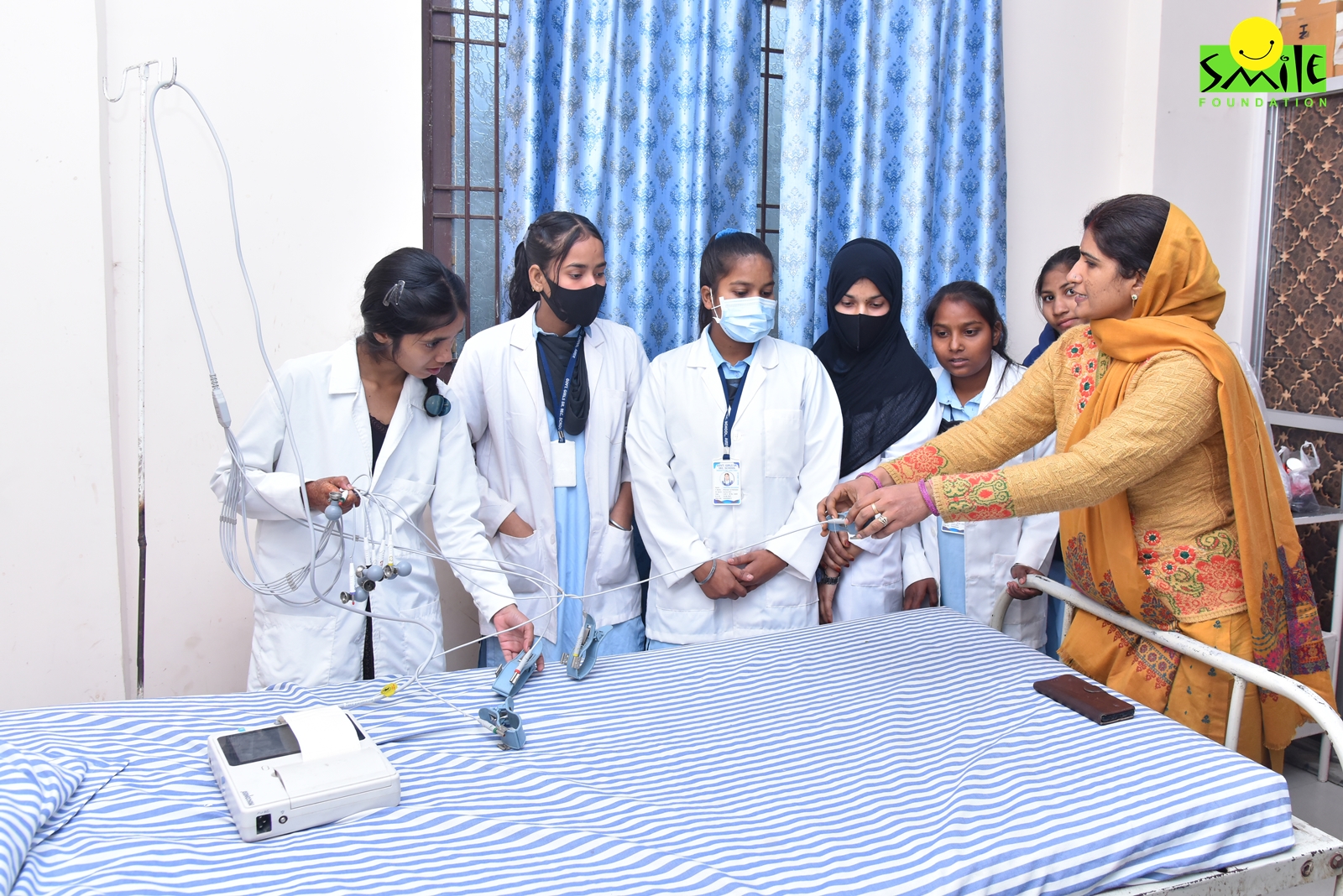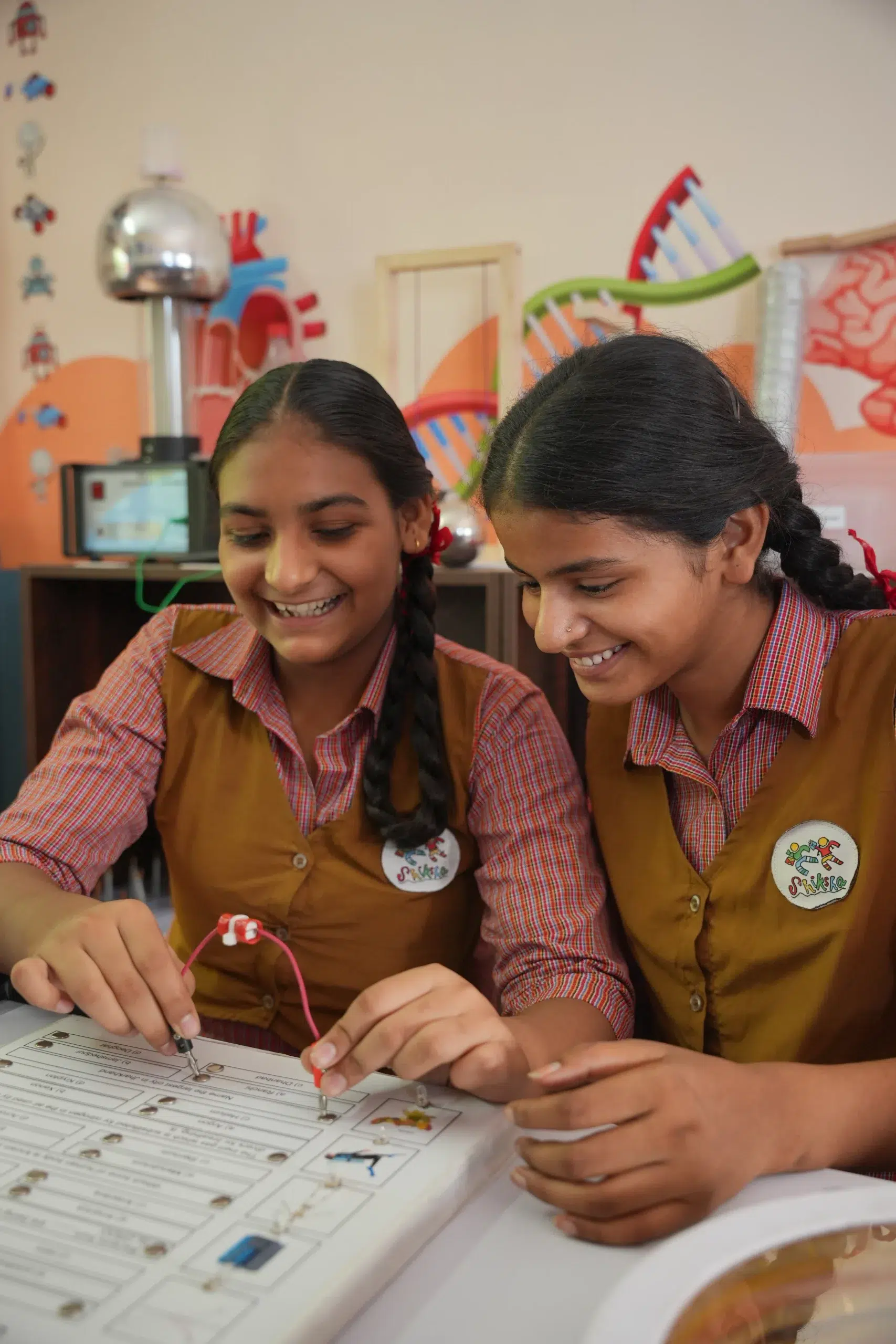Technological advancements and global economic shifts are redefining job markets and it has become crucial to reassess educational strategies. Particularly in rural India, traditional education systems often focus heavily on theoretical knowledge, neglecting practical skill development that can provide real-life benefits. The inclusion of vocational training and skill development in school curriculums for rural children can bridge this gap and equip them with the tools necessary to thrive in the modern workforce. With nearly 70% of India’s population residing in rural areas, the need for relevant and accessible education has never been greater.
According to a 2018 report, nearly 80% of the employed in India are in informal sectors, often with limited education or skills. This trend underscores the importance of integrating vocational skills early in a child’s educational journey to provide them with more opportunities for stable, rewarding livelihoods.
A Global Perspective
Vocational training is not a new concept. It has been embraced worldwide as an effective way to prepare young people for the demands of the labor market. Countries like Germany, Switzerland, and Singapore have long been pioneers in integrating skill-based learning into their education systems. In these nations, vocational training is considered equally valuable as academic education, with students gaining hands-on experience in various trades, from healthcare to engineering, agriculture to digital skills.
For example, in Switzerland, students undergo rigorous vocational training as part of their high school curriculum, with more than 70% of young people entering vocational tracks. Such systems have led to stronger labor markets and greater social stability, and they offer a roadmap for India to follow.
The Role of Vocational Training in Rural India
In India, the Government of India has made significant strides toward vocational education through initiatives such as the National Skill Development Mission (NSDM) and Pradhan Mantri Kaushal Vikas Yojana (PMKVY). These programs aim to provide training to the youth and help them develop skills that are directly aligned with industry requirements. However, the gap between these initiatives and rural children remains substantial. Nearly 80% of rural youth in India are yet to receive vocational or skill training, underscoring a major skills gap. Consequently, around 40% of rural youth face difficulties in securing employment, primarily due to a lack of necessary skills.
Integrating vocational training into rural school curriculums can bridge the skills gap and enhance employment opportunities. With limited access to higher education, rural students could gain marketable skills in areas like modern farming, food processing, and animal husbandry—essential for improving agricultural productivity. Additionally, digital literacy is crucial as digital jobs are rapidly expanding. However, rural youth often lack internet access and exposure to digital tools. Incorporating digital skills in education can help them stay competitive in the job market and explore new income opportunities, ensuring they are better prepared for the evolving workforce.
Role of NEP 2020
The National Education Policy (NEP) 2020 has significantly emphasized integrating vocational and skill training into India’s school curriculum to bridge the gap between education and employability. It mandates the inclusion of vocational education from secondary school level, enabling students to gain hands-on experience through internships and skill-based learning.
With a focus on industry-relevant skills, including digital literacy, agriculture, and entrepreneurship, NEP 2020 aims to prepare students for diverse career pathways. By promoting a multidisciplinary approach and integrating emerging technologies, the policy seeks to enhance job readiness and empower students, especially in rural areas, with practical skills.
But, What are the Challenges?
Despite its benefits, the integration of vocational training into rural school curriculums faces several challenges. One of the primary barriers is the lack of infrastructure and qualified trainers in rural areas. Many schools are under-resourced, with limited access to facilities such as workshops, computers, or even internet connectivity. Moreover, teachers may lack the expertise to effectively deliver vocational training in fields such as agriculture, technology, or construction.
The cultural bias against vocational education also remains a significant hurdle. In many parts of India, traditional academic education is seen as a more prestigious path, while vocational training is often associated with lower-status jobs.
Overcoming Barriers to Implementation
To address this, a shift in societal attitudes is essential. It is critical to raise awareness about the value of vocational skills and their role in the modern economy. Government and community efforts must focus on making vocational education appealing to both students and parents by showcasing success stories and demonstrating the long-term benefits of such training.
Additionally, partnerships with the private sector could play a crucial role in overcoming some of these barriers. Collaborations with industries and companies can help align school curriculums with the skills required in the job market. By involving local businesses in shaping the curriculum, vocational training can become more relevant and better suited to the needs of the rural economy. Technology can also be leveraged to bridge gaps in access and expertise. Online platforms and remote learning programs could provide rural children with access to high-quality educational resources and digital skills training, even in the absence of physical infrastructure.
Smile’s Work
Smile Foundation is actively engaged in integrating vocational training and skill development into the education of rural children through several initiatives:
- Mission Education Program: This initiative addresses the educational needs of underserved children, including those in rural areas. It emphasizes not only academic learning but also life skills and vocational training to ensure holistic development. For instance, in Cholanayakanahalli, Bangalore, the program serves communities below the poverty line, where most children are first-generation learners.
- Vocational Training Centers: Smile Foundation establishes centers that provide practical, hands-on training aligned with industry standards. These centers focus on digital literacy and other relevant skills, ensuring that rural youth are prepared for modern job markets.
- Digital Literacy Programs: Recognizing the importance of technology, the foundation implements digital literacy initiatives to ensure rural youth are comfortable with technology, thereby enhancing their employability.
- Public-Private Partnerships: Smile Foundation fosters collaborations to create apprenticeship and internship opportunities, promoting entrepreneurship among rural youth.
- Shiksha Na Ruke Initiative: This program includes vocational education and skill training as key interventions, aiming to promote socio-emotional well-being and infrastructure development in government schools.
Through these efforts, Smile Foundation aims to empower rural children by equipping them with practical skills, thereby enhancing their employment opportunities and contributing to sustainable development.
By embracing vocational education, we can provide rural youth with the tools to succeed, whether through formal employment or entrepreneurial ventures.
However, this vision can only be realized through collaborative efforts from government bodies, non-governmental organizations, educational institutions, industries, and communities. When executed effectively, vocational training can transform the lives of millions of rural children, ensuring that they are not left behind in the global race toward development.



